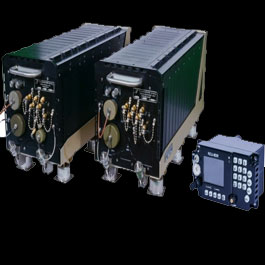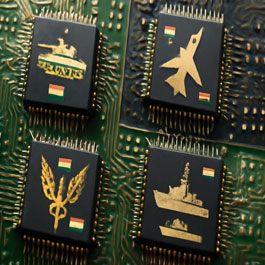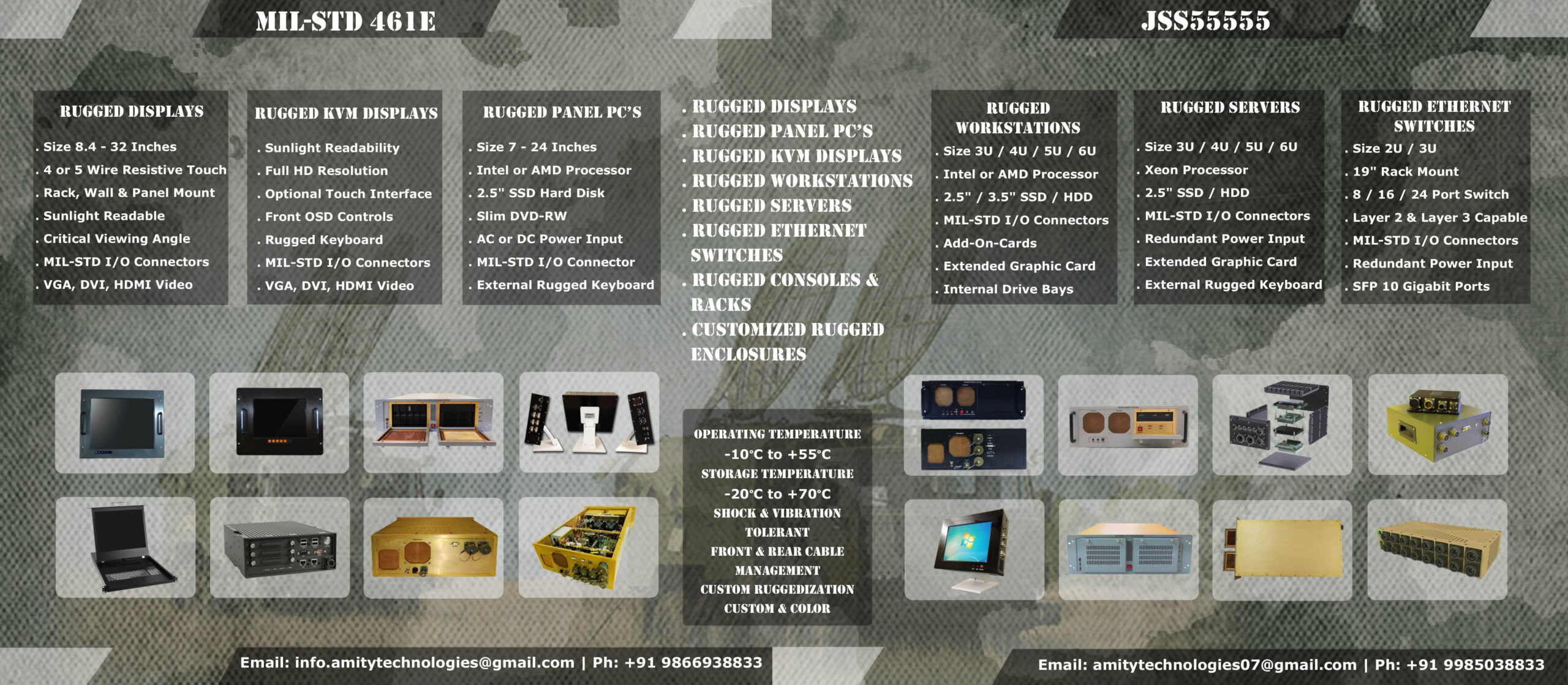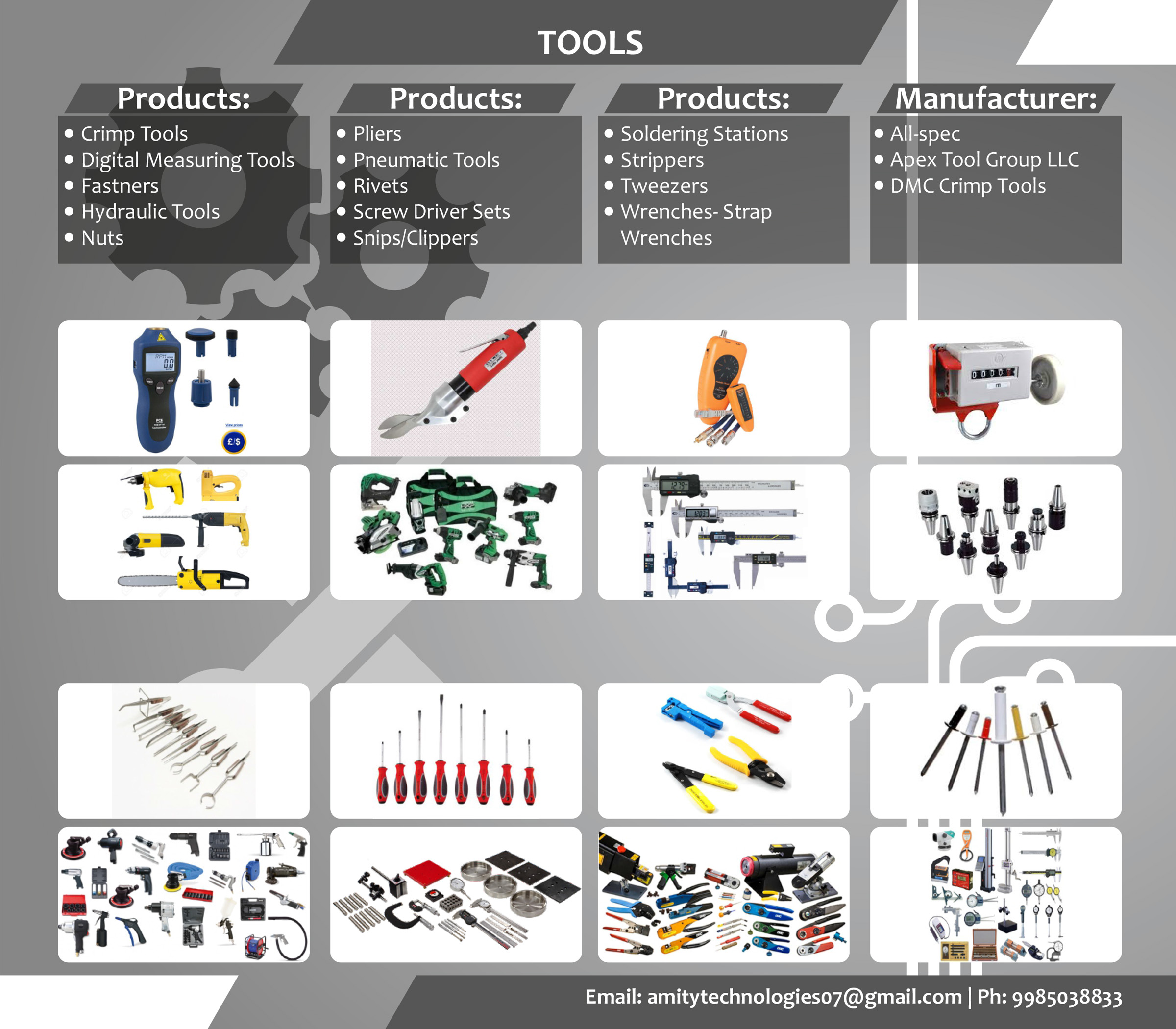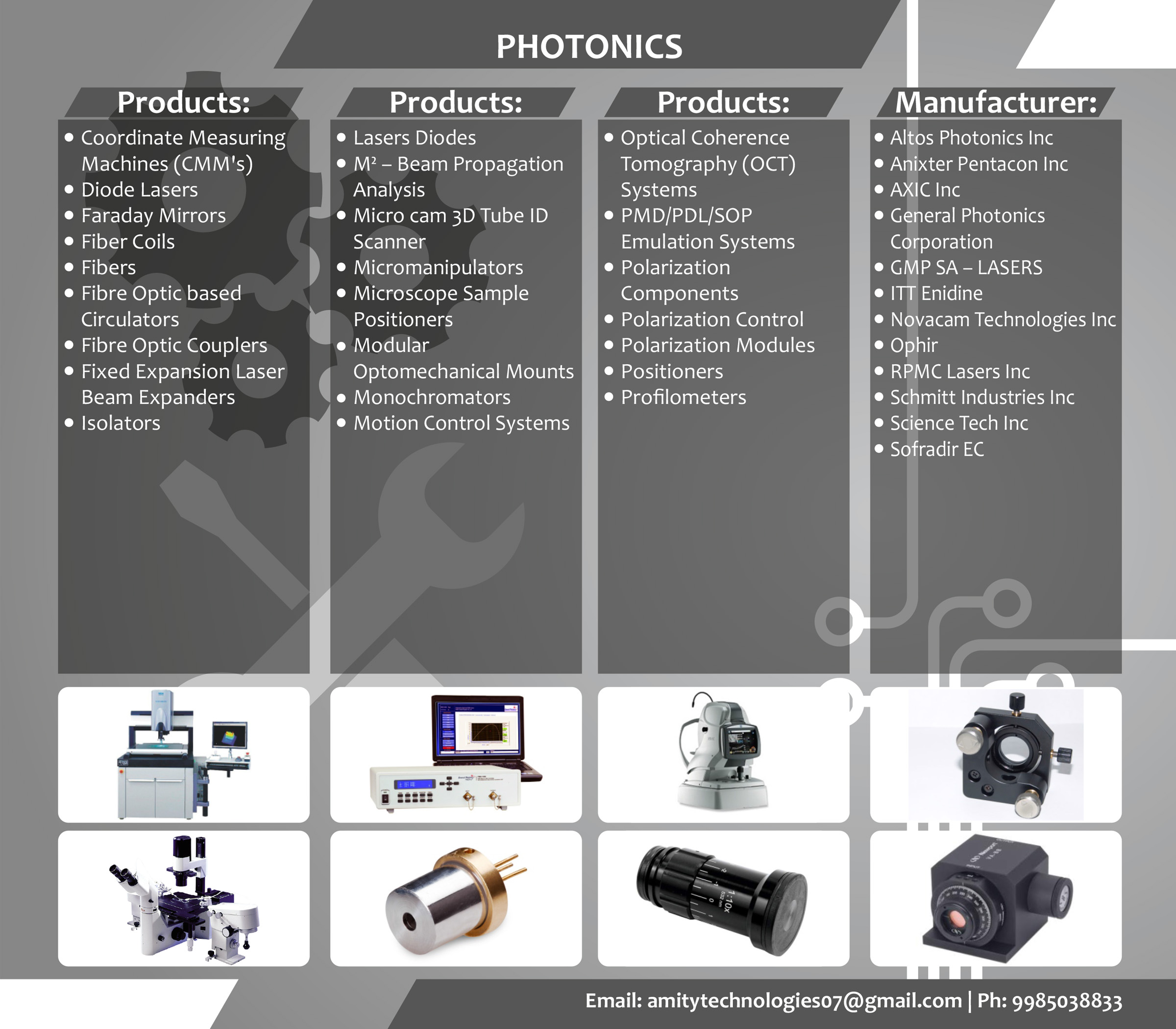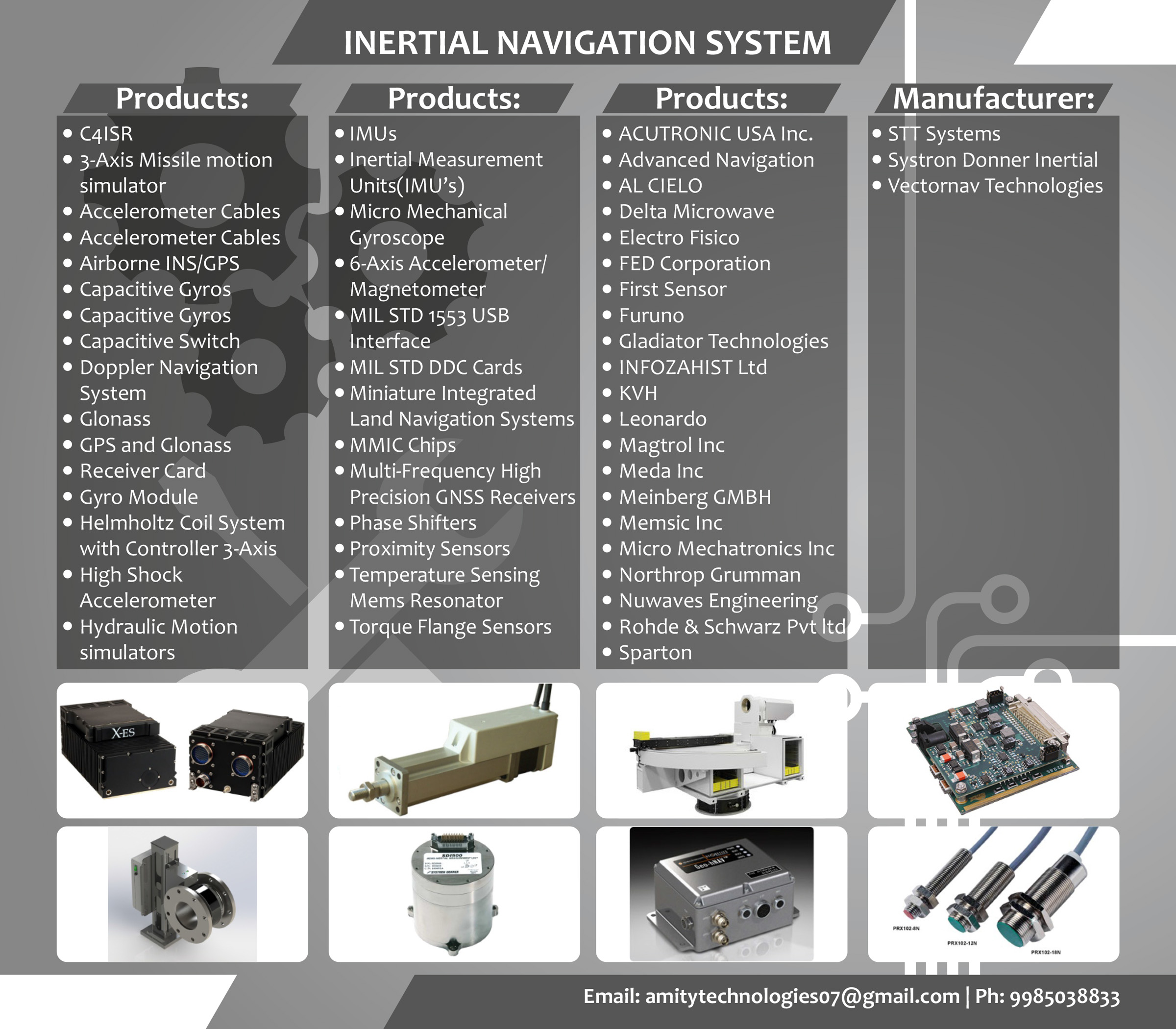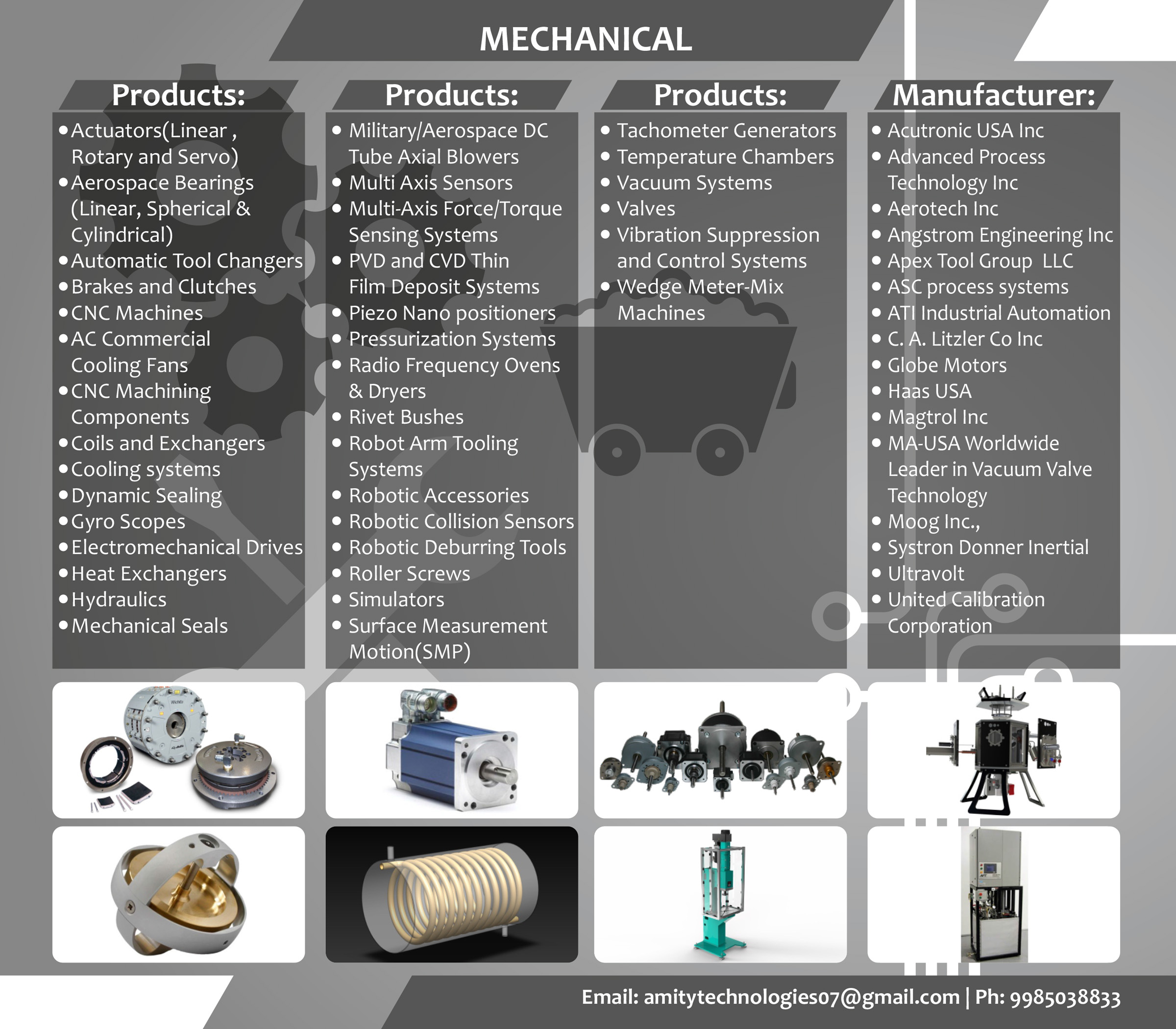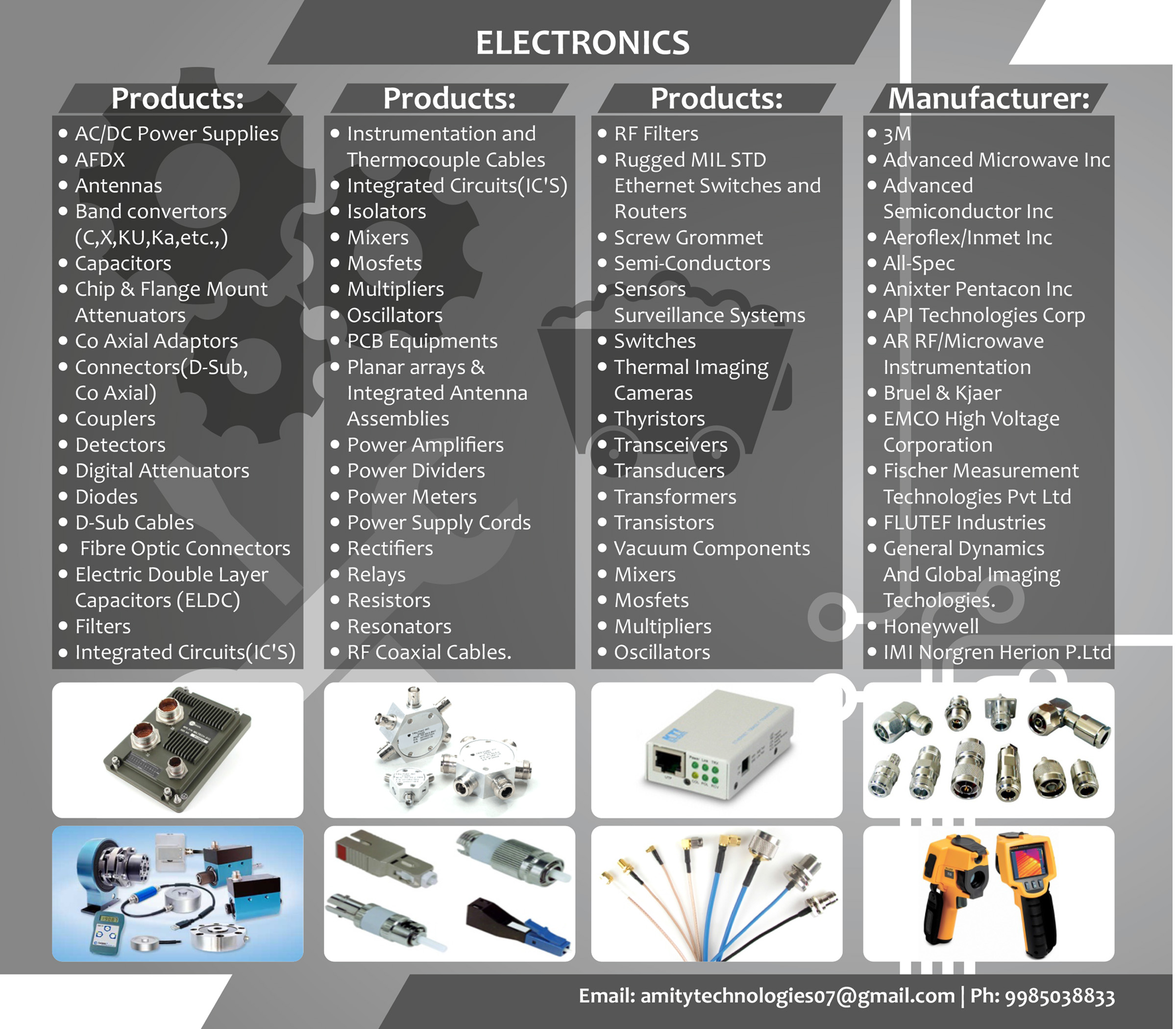India’s defence sector has been undergoing rapid modernization, with a strong focus on self-reliance and cutting-edge technology. One company making significant contributions in this journey is Amity Technologies, a trusted defence electronics company in India that is pushing the boundaries of innovation and reliability.
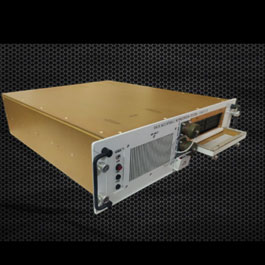
The Rise of Defence Electronics in India
With the government’s push under “Make in India” and “Atmanirbhar Bharat,” the demand for indigenous defence solutions has never been higher. Defence electronics plays a vital role in strengthening national security, from communication systems and radar technology to surveillance, navigation, and cyber defence solutions.
Amity Technologies – A Trusted Partner in Defence Innovation
Amity Technologies has emerged as a forward-looking defence electronics company in India, delivering advanced solutions tailored for military and aerospace applications. The company specializes in:
- Secure communication systems for armed forces
- Radar and surveillance technologies
- Electronic warfare solutions
- Embedded systems for defence applications
- Custom-designed electronics for mission-critical operations
Why Amity Technologies Stands Out
- Innovation Driven – Focused on R&D to keep pace with global defence technology.
- Quality Assurance – Adhering to stringent military-grade standards.
- Indigenous Capability – Supporting India’s vision of reducing foreign dependency.
- Customer-Centric Approach – Designing solutions that meet the unique needs of defence organizations.
The Future of Defence Electronics in India
As modern warfare evolves, so does the need for smarter, faster, and more reliable electronic systems. Companies like Amity Technologies are ensuring that India not only meets current defence needs but also stays future-ready with world-class indigenous technologies.
Conclusion
Amity Technologies is more than just a defence electronics company in India – it is a symbol of innovation, reliability, and national pride. With its advanced solutions and unwavering commitment to quality, Amity Technologies continues to play a crucial role in strengthening India’s defence capabilities.

